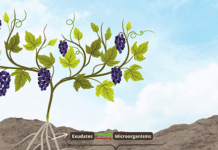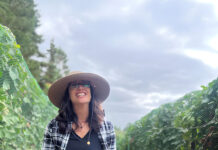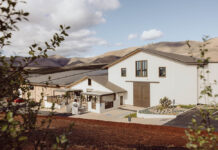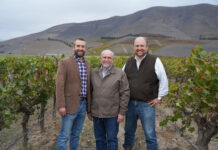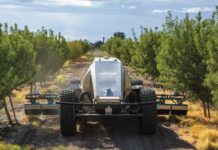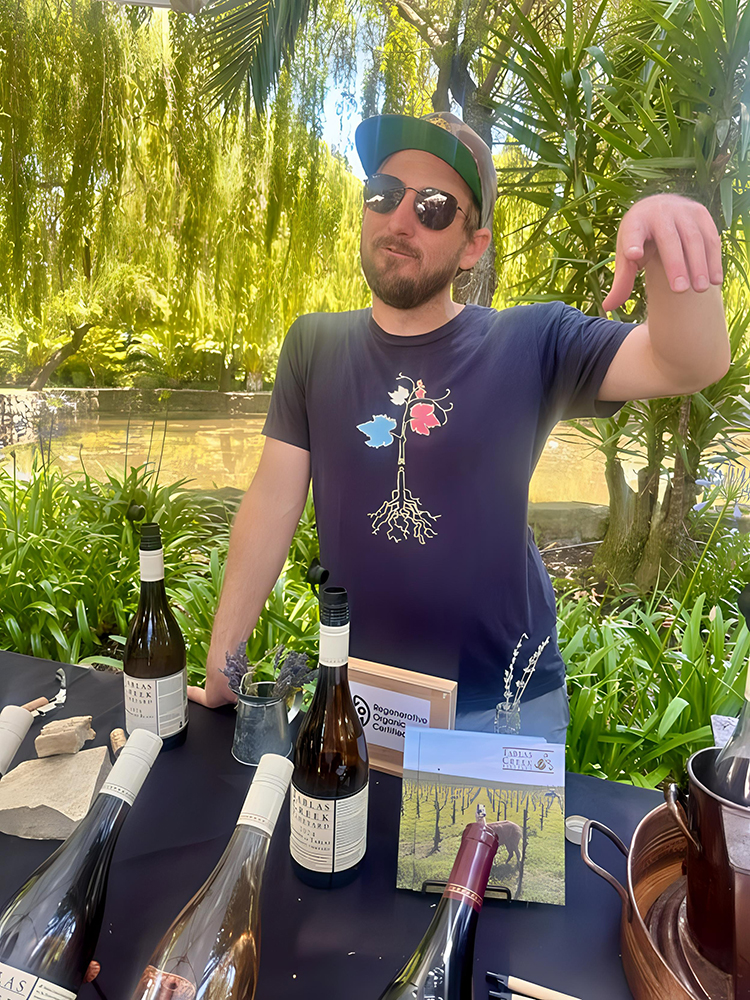
While wineries complain of declining tasting room visits in Sonoma (down 17% in visitations in the past year, according to a recent survey), a regional co-marketing event celebrating climate-smart Rhone wine varieties in Sonoma was a sellout.
The 2025 Rhone Rangers summer fete, hosted at Cline Family Cellars, wasn’t cheap at $87 per person to sample wines from more than 30 wineries, paired with live music and bites, proving that some customer segments are true enthusiasts voting with their dollars.
The event proved wineries giving consumers more variety and different flavors are finding positive responses in the marketplace. And as the climate warms, these hot-weather-resistant varieties are steadily, albeit slowly, gaining favor with growers.
Whites Up, and Reds, Too
Vineyard director David Gates of Ridge Vineyards poured the winery’s Paso Robles-grown 2023 Grenache Blanc ($35), a wine that former Getty sommelier Chris Sawyer called one of his top favorite white wines. It is only the second white the winery made. All 4,000 cases sold out.
As white wines in general gain favor, are white Rhones on the increase? Yes, said Tablas Creek Vineyards CEO Jason Haas, who sells Rhone vines imported from France.
“We’re getting more inquiries for the whites, particularly the high-acid whites like Picpoul, Clairette and Grenache Blanc, than we ever have,” he said.
Acquiesce vineyard manager and winemaker Christina Lopez poured her Lodi-based winery’s white Rhones at the event. Founded by Susan Tipton, the winery is the only one in Lodi that makes only white wines, and all are Rhones (Grenache Blanc, Picpoul Blanc and Viognier).
Growing in Popularity
While still niche, experts researching climate-smart wine varieties say Rhones are highly recommended for California, especially as the climate warms. But beyond the Golden State, wineries in more emerging wine regions are planting them for pleasure and for profit.
“More winemakers are interested in working with these varieties, and many are finding them quite suitable for warmer climates, such as Temecula, Paso Robles, Lodi, Santa Barbara County, Texas and Arizona,” said Rhone Rangers Board President Larry Schaffer.
In California alone, growth in Rhones continues. Though Rhone varieties are overshadowed by the blockbuster number of the state’s two leading French varieties, chardonnay (88,063 acres in 2023) and cabernet (95,638 acres in 2023), Rhones are growing as average temperatures continue to rise.
The latest CDFA and USDA stats paint a picture of a transition ranging from 10% to 113% increases, depending on the variety, in acreage from 2016 to 2023.
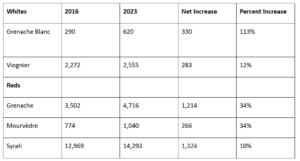
Standing Out in a Crowd
Texas-based founder and winemaker Chris Brundrett of William Chris Wines has bet a big chunk of his growing brand on Mourvèdre, a Rhone variety. He is making as many as 15,000 cases out of 60,000 total of the variety in a single year, releasing it in rosés, blends and single-vineyard designates as well as new sparkling wine.
Said his colleague, COO Anthony Harvell, “Mourvèdre represents one of those great opportunities that we lean heavily into to help establish the Texas name and get our name beyond just the borders of Texas. We are growing it in multiple different regions of the state. We’re doing it on everything from sandy loam to decomposing granite to very little topsoil, and it’s mostly limestone-based. So we’re getting multiple expressions of this.
“Our wine consumers respond to it very, very well, and they’re excited to try something that is special and unique to Texas.”
Indeed, in Texas, Mourvèdre fetches a higher price per ton than cab, according to Texas A&M professor Justin Scheiner, quoting USDA data that cab growers get an average of $1,960 a ton while Mourvèdre goes for $2,100 a ton.
Schaffer said Rhones are meeting market demand for something different, offering a full spectrum from crisp and refreshing whites to light, chillable reds and bigger, bolder wines.
“As consumers look for ‘new and interesting,’ Rhone wines hit that mark,” he said.


